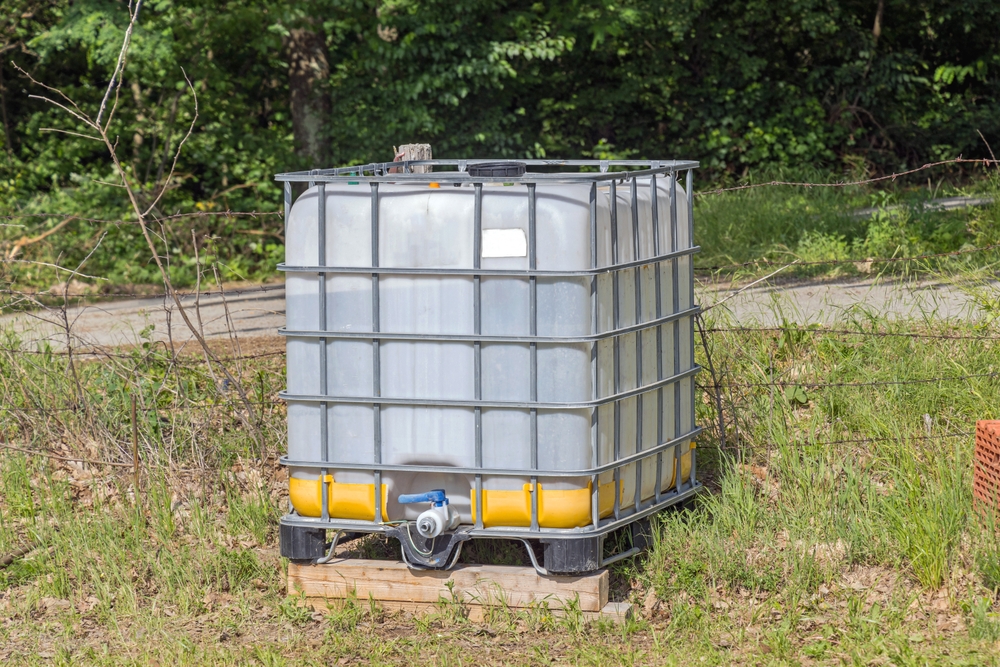
Enhancing agricultural efficiency
In the realm of modern agriculture, an irrigation water tank is an indispensable tool for efficient water management. It plays a crucial role in ensuring that crops receive the right amount of water at the right time. If you’re looking to improve your agricultural practices or seeking an effective solution for water storage, exploring options like those available at Buwatec can be immensely beneficial. Let’s delve into the technical aspects of irrigation water tanks and how they contribute to sustainable and efficient farming.
Innovative design and material of modern irrigation tanks
Today’s irrigation water tanks are a testament to the advancements in agricultural technology. They are typically made from robust materials like corrugated steel, which ensures durability and longevity. Many tanks also feature a lining material to prevent leaks and protect the water from contamination. The design of these tanks varies to accommodate different farm sizes and water capacity needs, ensuring that every agricultural business can find a solution that fits its unique requirements. Sustainability in agriculture is more crucial than ever, and irrigation water tanks play a significant role in this. By allowing farmers to store large volumes of water, these tanks enable the efficient use of water resources. They facilitate controlled irrigation, which minimizes water wastage and ensures that crops receive an optimal amount for growth. This not only conserves water but also reduces the energy used in water pumping and distribution.

Integration with automated irrigation systems
Incorporating irrigation water tanks with automated irrigation systems represents the pinnacle of farming technology. These systems allow for precise control over water distribution, ensuring that each part of the field receives the right amount of water. Automation also means that the irrigation process can be scheduled and adjusted based on various factors such as weather conditions, soil moisture levels, and crop growth stages. This integration leads to increased crop yields, reduced labor costs, and enhanced overall farm efficiency.
